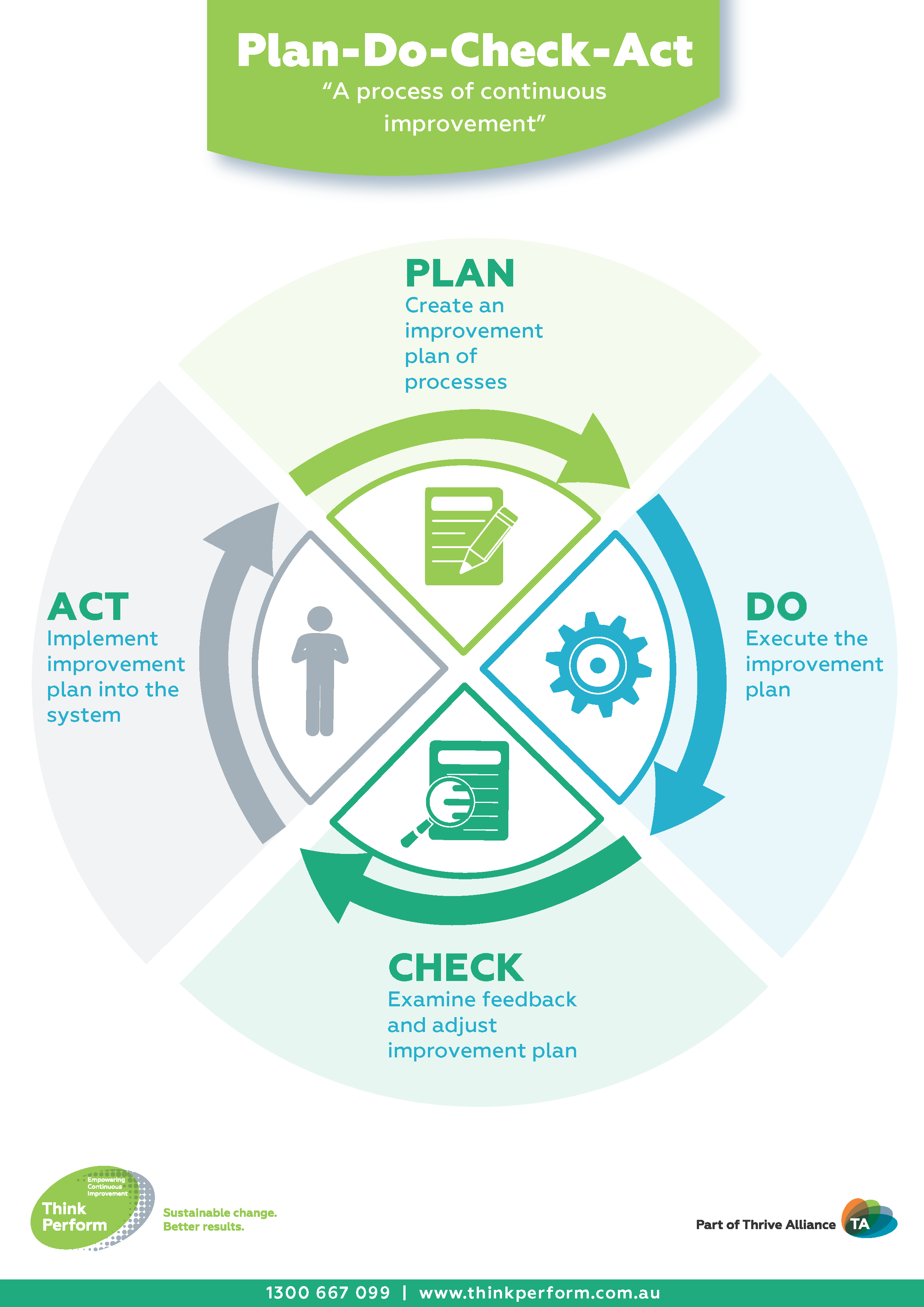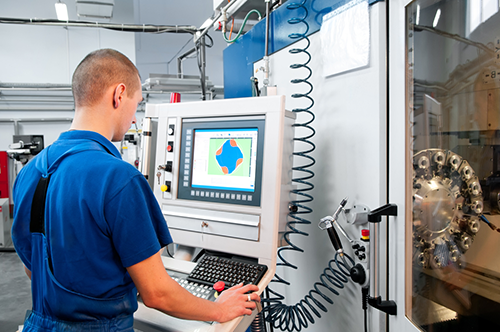With many Continuous improvement models to select from, a business owner may find they are confused as to which works best for their needs. The preferred continuous process improvement model of many business owners requires he or she complete five steps, and those new to using this process may wish to start here. Once the process has been implemented, changes can be made to better meet the needs of the company.
REVIEW
During the first stage of the process, detailed testing is conducted to gather information. Individuals in charge of the process review contracts already in place, observe activities and processes, conduct transaction testing and sampling, acquire data and carry out interviews. This stage functions to determine the existing business process flow along with any outlying events which may impact this flow. Doing so allows the company to further understand cause and effect relationships and to identify ways to reduce costs, increase profitability and better manage risks.
RESULTS
Upon completion of the data gathering, the team conducting this process needs to summarise the results. Detail is of great importance at this time because the more a business owner knows, the better they can extrapolate the information from this data. This becomes very critical as the team moves through the process, especially when advancing through the next stage of determining the root cause of various problems or pinpointing areas where improvements can be made to benefit the organisation.
ROOT CAUSE
The results help to determine where opportunities have been missed and what elements are leading to various issues. When the origin of a problem becomes clear, it becomes easier to determine which mitigating controls aren’t working as intended. In many situations, people believe they know where the problem lies, yet they are only describing the symptoms. To identify the root cause, the team overseeing must be extremely familiar with processes and how they work. During this stage, constructive appraisals may be offered with regards to the processes currently being used.
RECOMMEND
After the root causes are identified, recommendations need to be made for improvements. As these recommendations are made, the client needs to take into account their ability to change and the level of risk they are comfortable with. Having this information makes it easier to identify cost-effective solutions the client feels comfortable implementing. New and improved metrics may be needed at this stage to ensure the changes are producing the desired results and anticipated benefits. These metrics increase in importance during the next stage, because they help to keep everyone motivated as the changes are implemented.
REVISE PROCESS
As the name suggests, this is an ongoing process. A collaborative team approach ensures the business stays on track, and this generally requires support from the executive level. With this support, employees obtain the inspiration needed to make the necessary changes and do what is best for the company, even when it requires additional effort on their part. Metrics become of great help in showing workers how the company benefits from these changes and also allows the business owner to determine exactly what is helping and where further modifications need to be made. At this stage, all employees see how productivity is optimised and costs are managed.
Some business owners opt to use the 8 step continuous improvement model, a model which is broken down into four major steps and eight smaller ones. Other companies prefer to make use of the Kaizen continuous improvement model. It’s dependent upon which model business owners feel most comfortable with and is best able to implement. The key to success lies in actually choosing a Continuous improvement model that can be used consistently. Otherwise, the company will not see the desired benefits.








